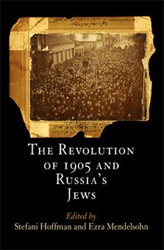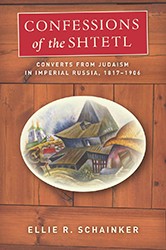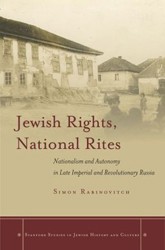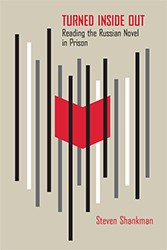Odessa, the great port city on the northern shore of the Black Sea, remains synonymous with joyous thieves, adventurous entrepreneurs, clever con men, sexually loose men and women, all capable of spinning self-justifying complaints and sophistry with an endearing Yiddish accent. The “Jewish city of sin” was allegedly surrounded on all sides by the smoky fires of Hell, while the pleasures of life in the multi-ethnic, but heavily Jewish city were summed up in the Yiddish aphorism for success, “Lebn vi got in odes! [Living like God in Odessa!].” Isaac Babel immortalized the legends of Old Odessa in his stories about the Jewish criminal king, Benya Krik, while Mel Brooks’s film “The Twelve Chairs” portrays the Ilf and Petrov novel’s comic hero, Ostap Bender, in search of treasure hidden inside a chair.
In this outstanding book, Jarrod Tanny has undertaken to explore the roots of the legends about the carefree, humorous rogues and schnorrers who spoke with a Yiddish accent in Russian, analogous to the Brooklyn English of Brighton Beach and Coney Island. He traces the factual existence of crime in the booming trade emporium that drew so many Jews, Greeks, French, Italians, Russians, Ukrainians, and more with hopes of success and glossy urban pleasures. Tanny identifies how the legend of Old Odessa grew to its peak in the decades just before and after the First World War and the years of the Russian Revolution and Civil War. Despite repressive efforts by Stalin and later Communist rulers, the legend of Old Odessa survived and flourished once more in the final decades of the Soviet State, until the present. This is a delightfully written work of serious scholarship about urban rogues and schnorrers who transmitted an aspect of Jewish identity and culture into the broader Russian cultural world. Bibliography, illustrations, index, notes.





